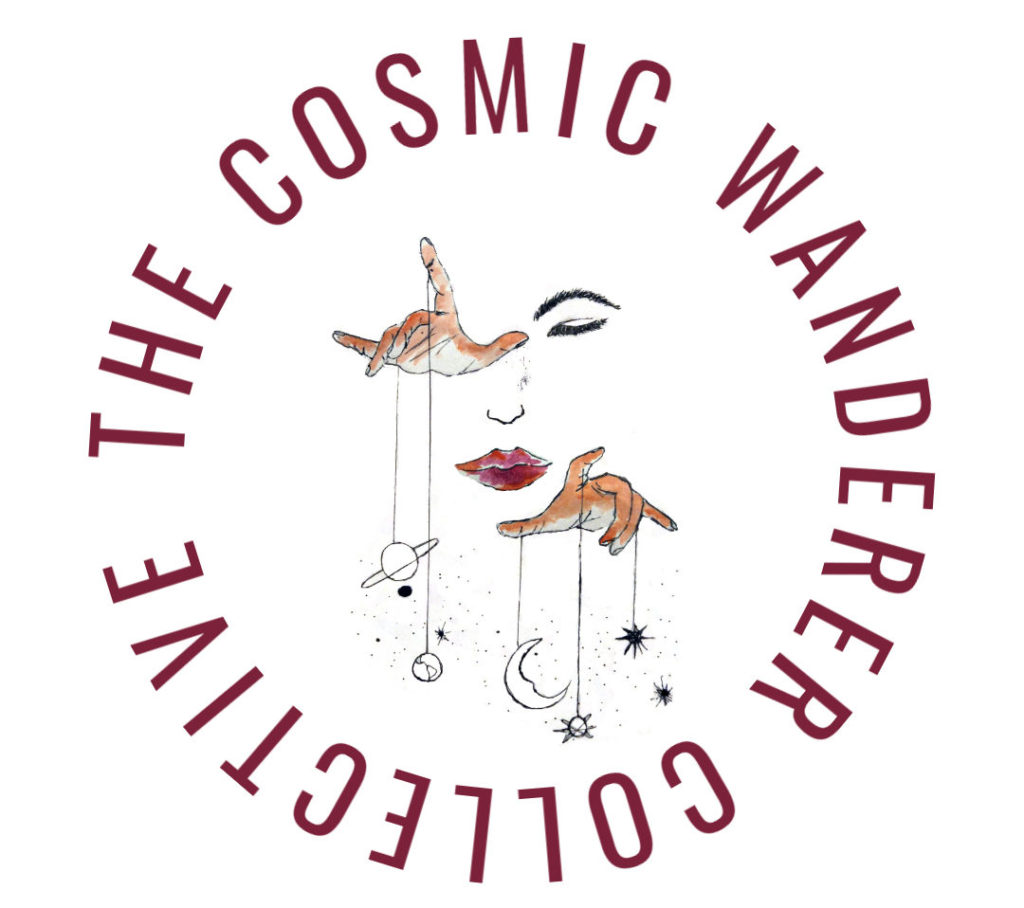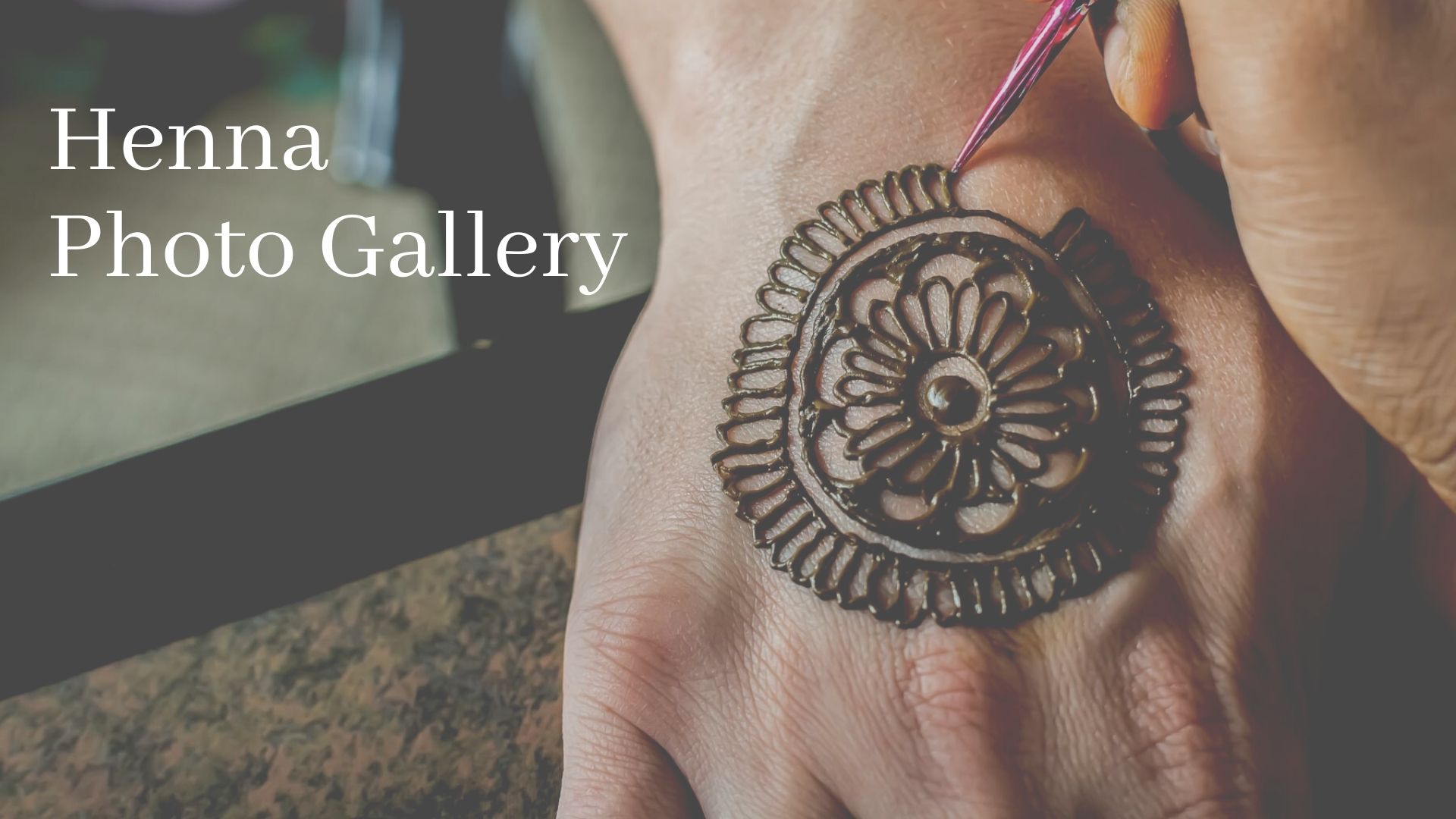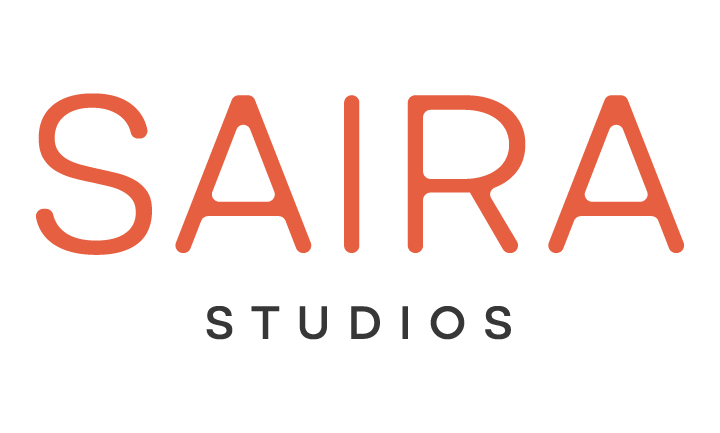Henna Frequently Asked Questions
Henna (also known as ‘Mehndi’), is one of the oldest known forms of body art. It has been used for thousands of years in Indian, African and Arabic countries. It even has references in the Bible (as Camphire), the Qur’an, and other ancient texts!
Henna is made from the crushed leaves of the Henna plant (Lawsonia Inermis). It is first dried and crushed into a fine powder. The powder is then mixed by hand to form a paste, filled into cones, and frozen until ready to use. I mix mine my henna powder with water, tea bags, clove, lemon juice, and essential oils!
This depends on where you have henna applied, along with your aftercare practice. The palms of the hands and bottoms of the feet are the darkest and longest lasting, followed by the backs of the hands and feet. This is because henna dyes the uppermost layers of skin. Areas with thicker skin get better color! Thighs and legs tend to get good color, whereas the shoulder region, collar bone, stomach, and back, tend to be lighter.
For information, tips and tricks on how to get the best color, visit the Aftercare page here!
Henna holds different meaning in different cultures. Indian designs consist of delicate paisley and floral prints, Arabic designs bolder with more negative space, and African designs are more geometric. In the Indian culture, designs like paisleys indicate fertility, where vines and leaves symbolize transcendence from Earth to the Heavens. Henna is used ceremonially in weddings, religious holidays and other important rites of passage. This is a great article about the significance of Henna in Indian culture, along with some background about the medium itself.
In addition to having an aesthetic design quality, henna can be used as hair dye and prevents hair loss. It is often used as a nail polish. It has cooling properties, reducing fevers and acting as a natural sun block. Henna is said to also have general antiseptic and astringent properties. It is helpful in treating bruises, sprains, boils, burns and headaches. As a tonic, it helps sore throats and stomach pains. It is even said to treat more serious ailments like skin diseases and labor pains.
Mehndi (Main-dhee) is the Indian word for the craft. The word ‘Henna’ is an Arabic word. In India, and at home growing up, we call it Mehndi, although either term works!
Find a henna artist who mixes their own pastes from organic material, and you should not have any adverse reaction. I have a friend with very sensitive skin and bad eczema. She still gets henna done regularly!
Beware of artists selling “Black Henna,” as that is often mixed with chemicals that can cause nasty side effects. Just be sure to ask your artist about their source if you have any concerns. However you choose to use mehndi, it is ancient and steeped in tradition. Enjoy!
Henna Pricing
-
Rings & Small Things $10
A set of small rings or one larger intricate ring. Small wrist designs, etc.
-
Medium Sized Designs $15-$25
Includes bracelets, anklets, half of the hand or foot.
-
Full Hand or Foot $30+
Intricate full hand or foot extending from beyond the wrist to the fingertips or from the ankles to the toes.
-
Bridal, Baby Bumps, Boudoir $75/hour
Bridal parties, baby blessings for mama to be or sexy boudoir for yourself or that special someone. This offering is fully customized to your style and liking and includes a consultation before your appointment.


